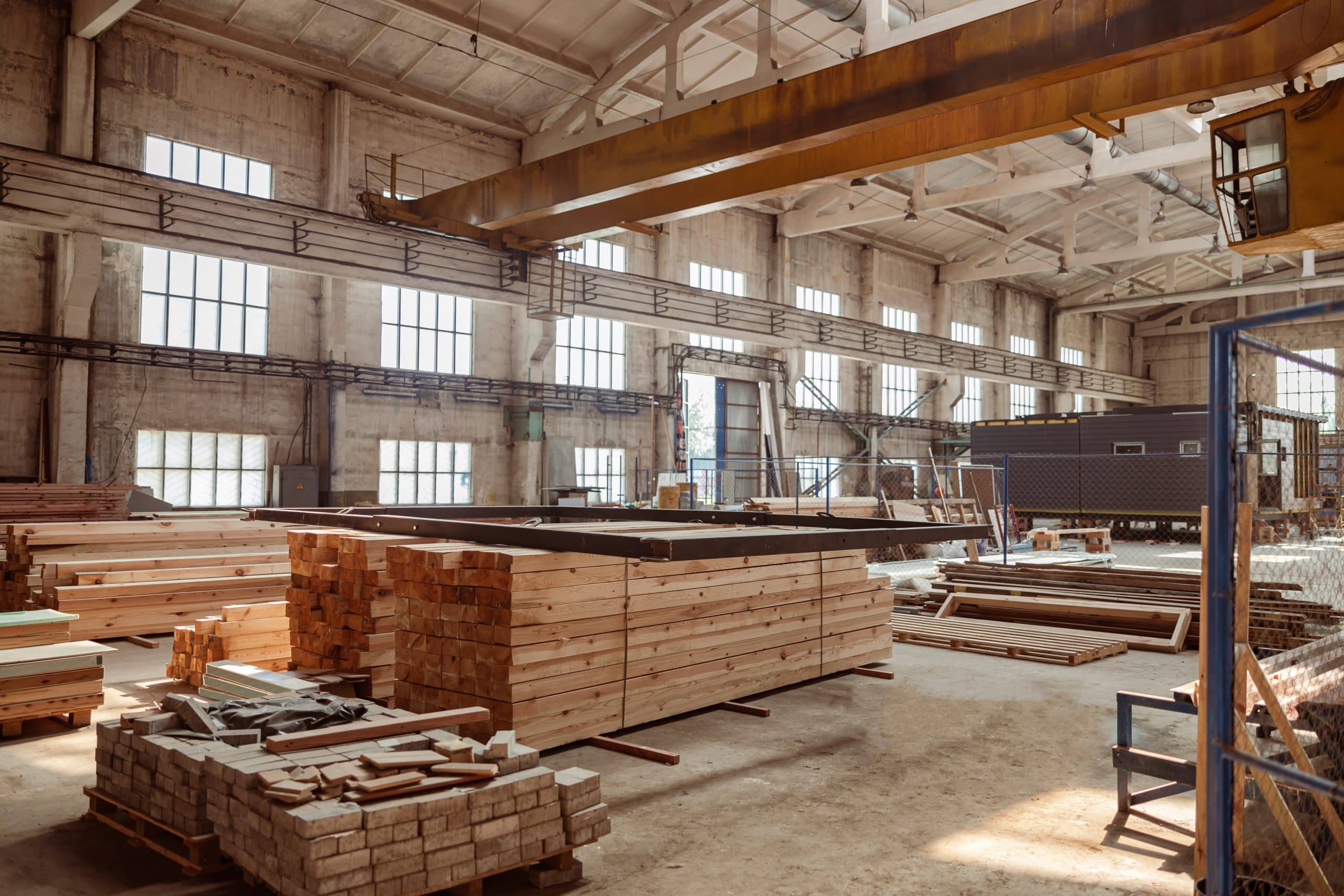In construction, achieving the perfect harmony between design and functionality is both a science and an art. Here’s how the best projects seamlessly combine these two essential elements:
1. Understanding the Client’s Vision
Every project starts with a vision. Translating a client’s aspirations into a tangible structure requires a deep understanding of their needs, preferences, and goals.
2. Prioritizing Usability
While aesthetics are crucial, functionality ensures the space serves its intended purpose. Thoughtful layouts, efficient designs, and practical features create environments that work seamlessly for users.
3. Innovative Design Approaches
Using modern tools like BIM (Building Information Modeling) allows designers and engineers to experiment with creative solutions that push the boundaries of traditional construction.
4. Sustainability as a Core Principle
Green designs are not only functional but also aesthetically pleasing. Incorporating energy-efficient systems, natural lighting, and renewable materials enhances both usability and visual appeal.
5. Collaborative Teamwork
Balancing design and functionality requires collaboration between architects, engineers, and builders. A unified approach ensures that every detail is executed to perfection.

